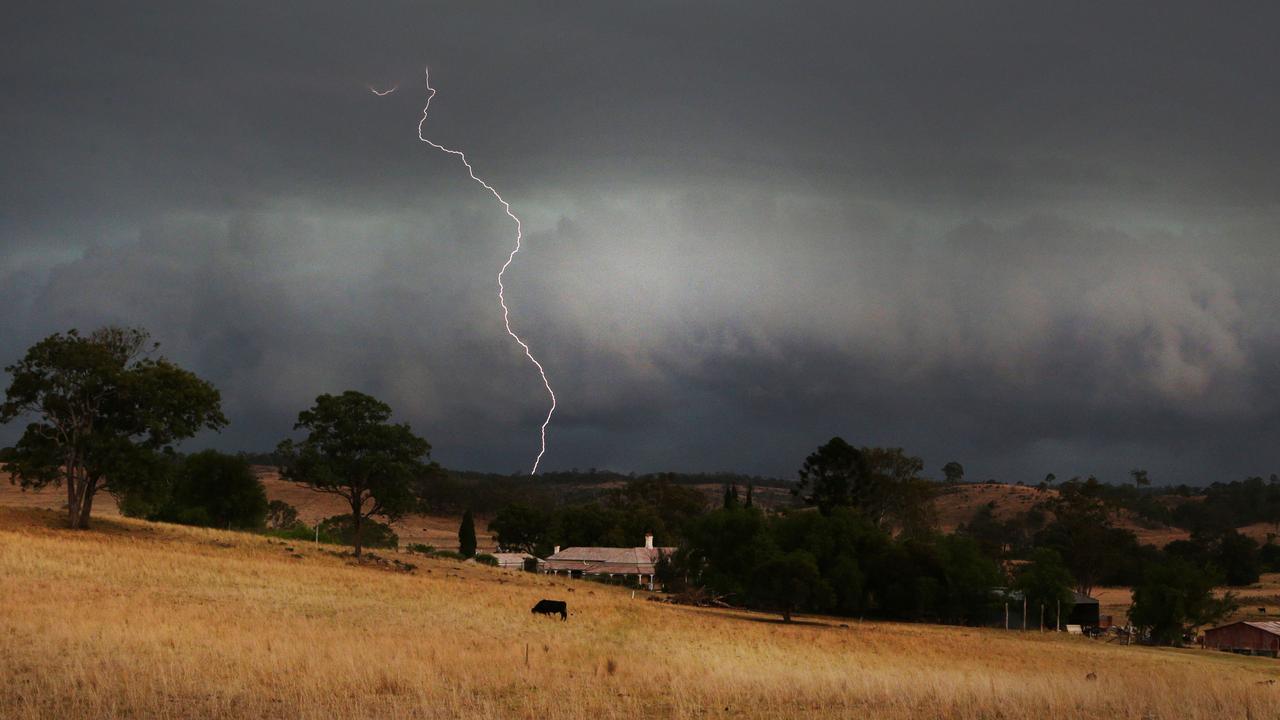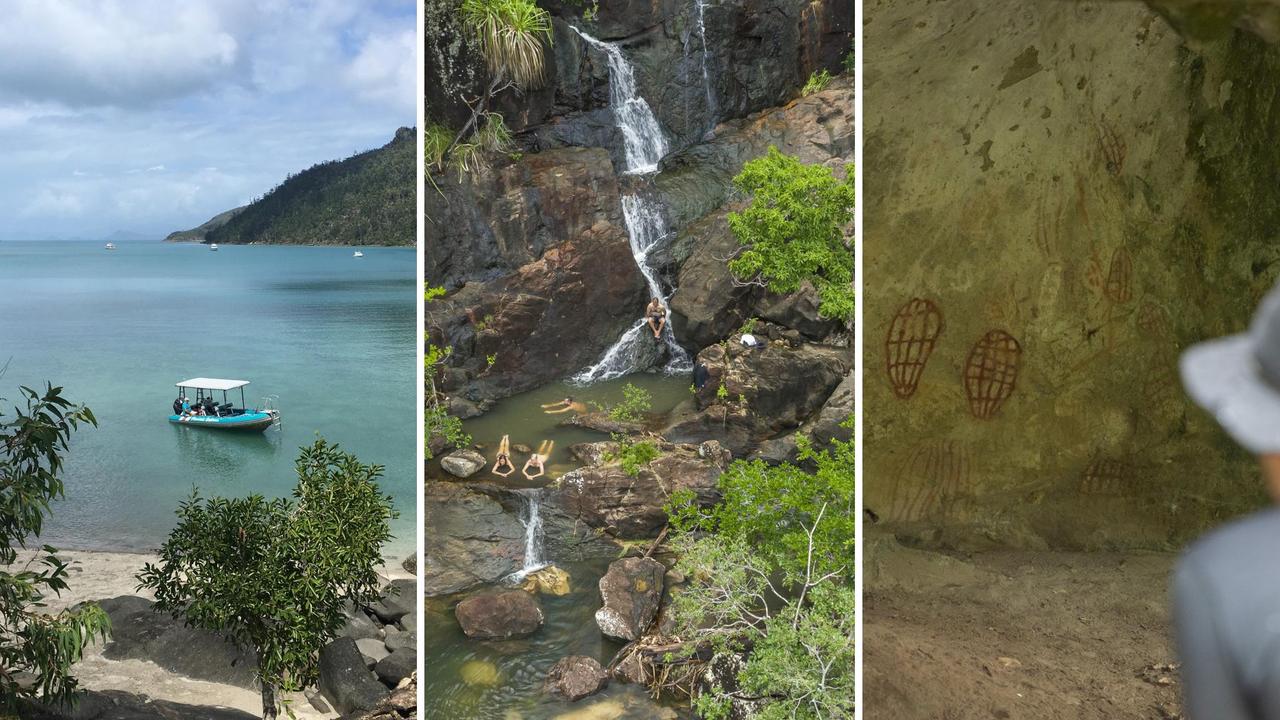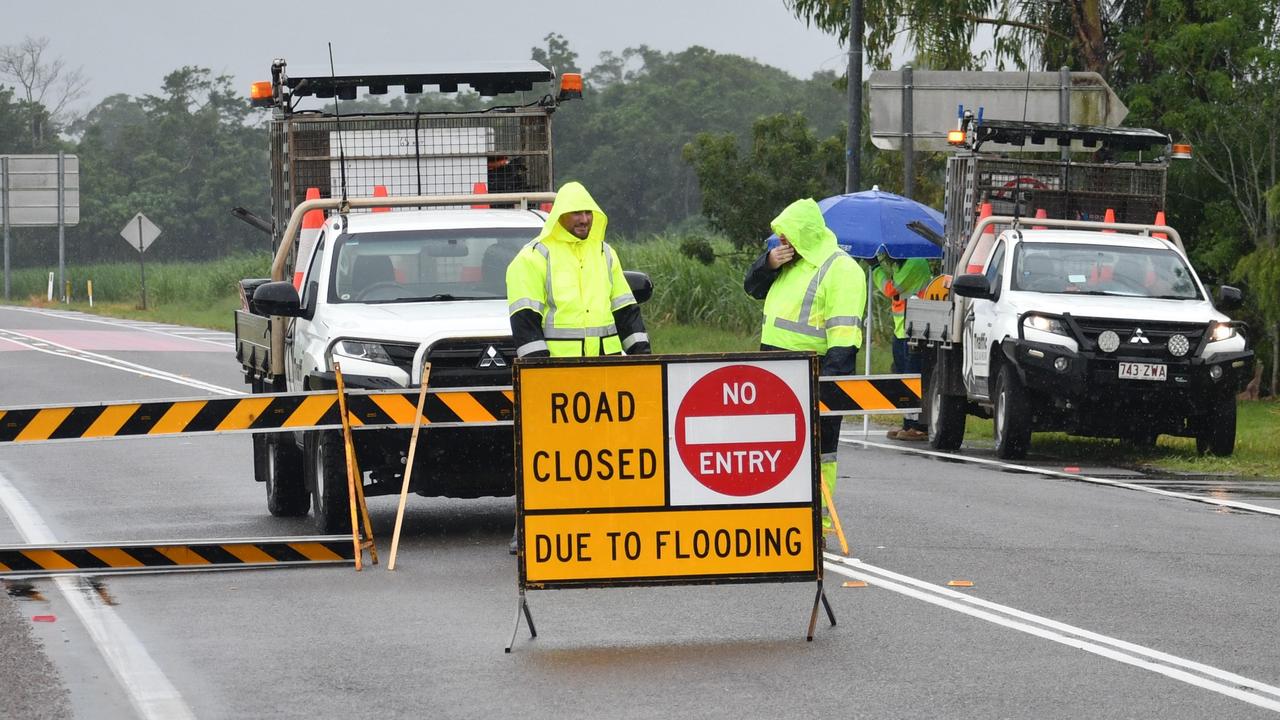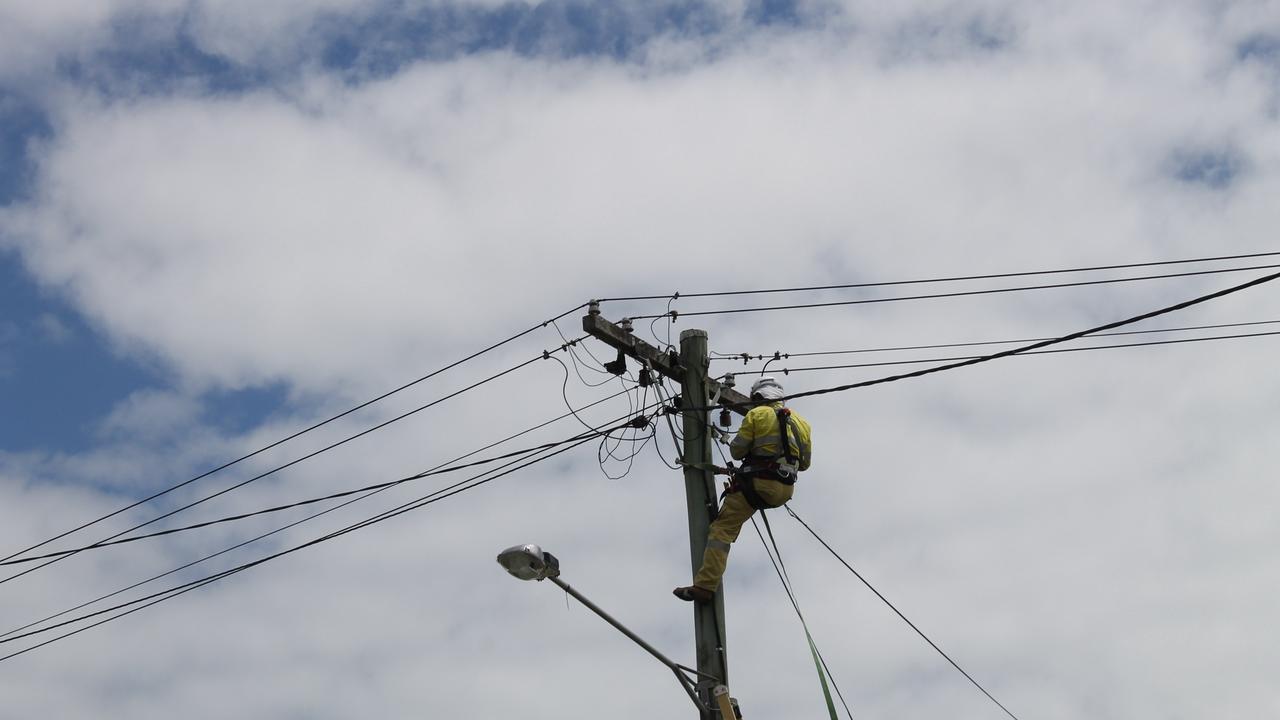Researchers solving impossible reef water quality dilemma
A low-cost method of managing this environmental threat to the Great Barrier Reef could also put the power back in the hands of farmers - via their smartphones
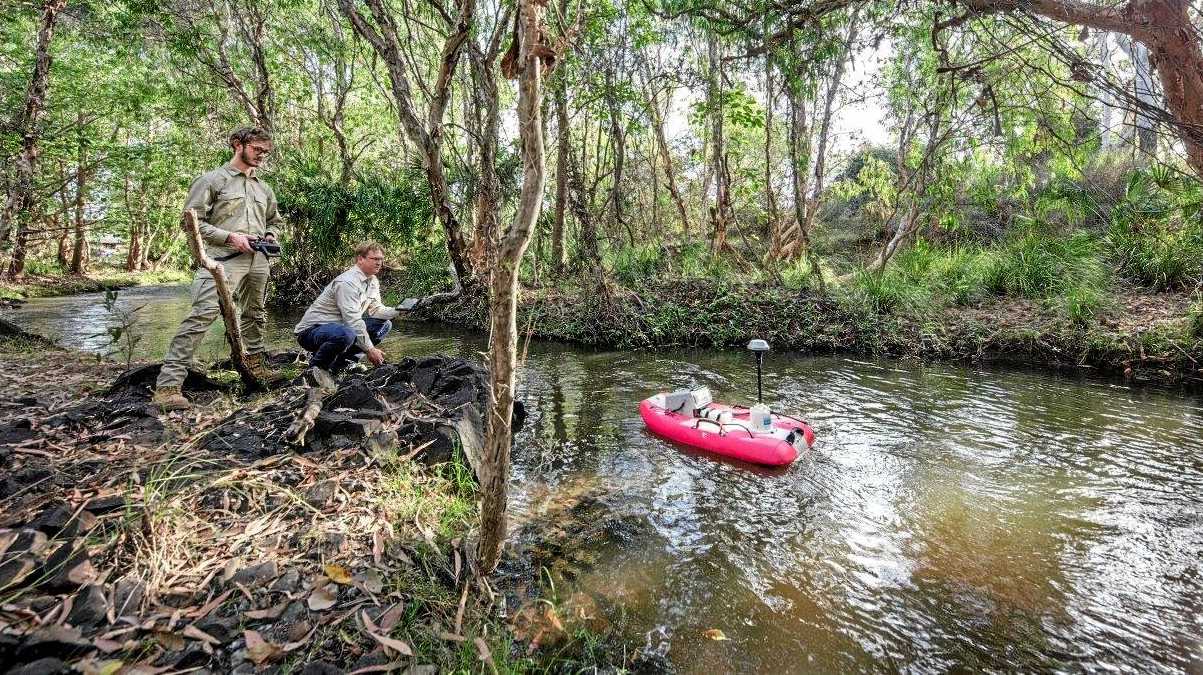
Mackay
Don't miss out on the headlines from Mackay. Followed categories will be added to My News.
A LOW-COST method of measuring water quality could protect the Great Barrier Reef while also putting the power back in the hands of farmers - via their smartphones.
The impossible task of monitoring the whole 2300km of the reef has just become a little easier, Queensland University of Technology School of Mathematical Sciences associate investigator Catherine Leigh said.
Dr Leigh said currently the reef is monitored by less than 50 long-term river monitoring stations.
"That means there are thousands of kilometres of coastal lands and waterways where we have limited information," she said.
While low cost sensors could be used to cover more of the reef, Dr Leigh said the cheaper sensors cannot measure sediments and nutrients levels, the most important factors in determining water quality.
A collaboration between the Department of Environment and Science and researchers at the ARC Centre of Excellence for Mathematical and Statistical Frontiers has developed a way to use low cost sensors to accurately predict water quality.
Dr Leigh said by using the low-cost sensors to measure turbidity and conductivity, researchers could predict levels of sediments and nutrients in the water.
She hopes the project will lead to the deployment of many more low-cost sensors being used on the reef.
It's an innovation that could put the power of environmental protection back into the hands of reef communities, as Dr Leigh said they were considering developing an app that farmers and other landowners could use.
"They're keen to make sure they're not wasting nutrients, that what they use is taken up by the plants on the land and not end up in a stream," she said.
"The big picture is making sure certain things that could hurt the reef and our rivers don't end up in a stream. If they do, that we can act in a timely fashion to figure what's happening and why."
ACEMS associate Sevvandi Kandanaarachchi said the new approach would streamline the water monitoring system.
"Right now, someone has to physically go to where the monitoring station is, get a sample, take it back to a lab and test it.
"If we can automate this process with the sensors, we can get a lot more frequent predictions of what's happening," Dr Kandanaarachchi said.
Originally published as Researchers solving impossible reef water quality dilemma

